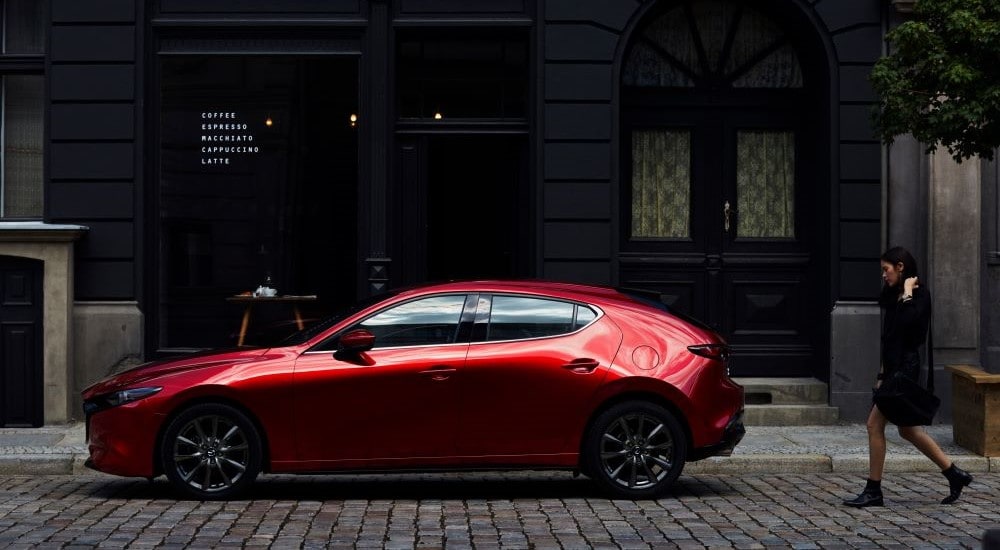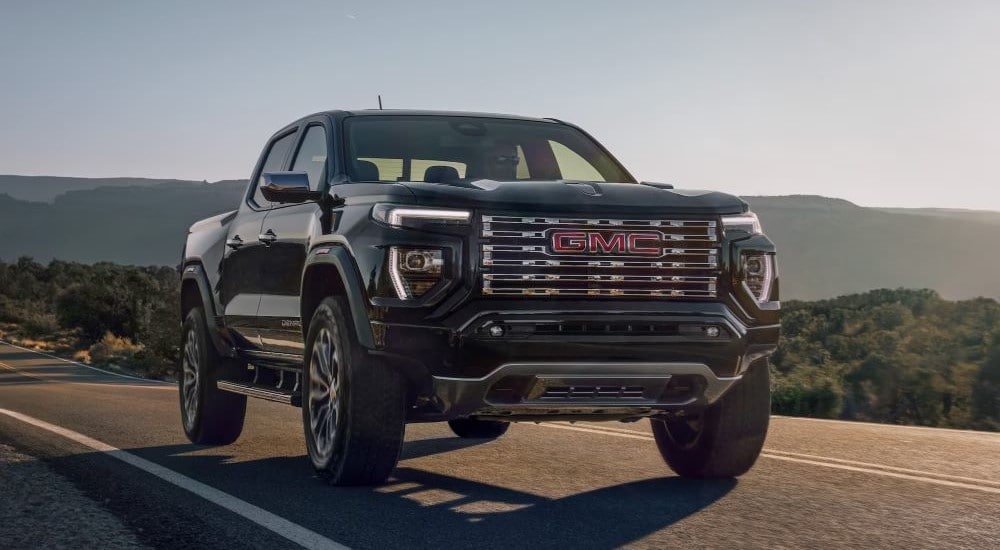What Does It Mean for a Vehicle to Be Certified Pre-Owned?

Shopping for a car isn't always easy. That might seem strange coming from a major auto group, but we understand the realities of car shopping. You can search "used vehicles for sale near me" on your phone or computer, come up with a huge number of results, and then wade through them all while doing your best to fully understand what you're seeing. This situation can get even more confusing when you encounter different labels or jargon that you might see online or at a dealership.
For example, when looking at used vehicles, you'll quickly notice some models labeled as Certified Pre-Owned (CPO), and that can seem like just another fancy way of saying "used." In reality, however, CPO vehicles are different from other models and it helps to have a good sense of what you're looking at while shopping. So, let's explore those terms...
New and Used Models
Before we get into what makes a CPO model different from other types, let's briefly go over the more common ones for our frame of reference. New vehicles are exactly what they sound like: cars, trucks, SUVs, and minivans that are sold by dealerships pretty much straight out of the factory. These vehicles are generally the highest priced, but they come with warranty coverage from the company that made them; they also come with peace of mind since you don't have to worry about previous owners. New models generally include the current or next model year—so in 2025, you'll find 2025 and even 2026 models sold as new, though some 2024 models might still be around and labeled as "new" vehicles.
Used models, on the other hand, have had at least one previous owner, or they have been used in some other way. The biggest benefit of a used car is that it will generally be sold at a lower price than a comparable new vehicle to offset the amount of use that has been put on it. This is where age and mileage on a vehicle come into play: the older or more driven a vehicle is, the lower the price will typically be. Having had multiple previous owners can reduce the value of a vehicle further. You will see these vehicles also called "pre-owned," which is just a nicer way to say "used;" they mean the same thing. Warranty coverage will only exist in cases where original coverage remains and the manufacturer allows it to transfer to a new owner.

Certified Pre-Owned Models
The addition of one word, "certified," makes all the difference when it comes to CPO vehicles because they are not the same as other pre-owned models. A Certified Pre-Owned vehicle has to go through a certification process laid out by the manufacturer in order to be offered as a CPO model. The idea here is that they are pre-owned but are in the best condition possible, so they have met age and mileage limits that can't be surpassed, and they've undergone and passed a stringent inspection. This inspection is handled by dealerships authorized by manufacturers to represent their brand and sell CPO versions of those vehicles.
That's another important note: pre-owned vehicles can be found at all kinds of different dealerships, including some that specifically only sell used cars. You can also buy a used vehicle from a private seller—usually the current owner of a car. CPO models, on the other hand, are only offered by dealerships authorized by the original manufacturer to certify and sell them; this generally lines up with the models those dealerships sell as new, so a Chevy dealer might sell CPO Chevy models, while a Jeep and Ram dealer can supply Jeep and Ram CPO vehicles. This is one more reason we suggest choosing a reputable dealership when shopping for a used car since it gives you greater access to more options.
Examples of CPO Benefits
As we said, the certification process for CPO vehicles is outlined by the manufacturer of those vehicles, which means each one is a bit different. There are general guidelines that tend to always be found, though even those can change. You'll almost always see that a CPO model cannot be over a certain age and cannot have mileage beyond a set point to be offered as a CPO vehicle. Similarly, the car company will outline how an inspection needs to be performed before a vehicle is certified, and they will determine the benefits that come with their CPO vehicles; these models not only have the peace of mind you get from knowing they are in good shape and have been thoroughly inspected, but they also come with additional benefits from the manufacturer such as warranty coverage.
Looking at GM's vehicles, for example, they have to be less than six years old and must have fewer than 75,000 miles on them. They also need to have a clean title, which means they have not been in a serious collision or had any other issues you might worry about when looking at used cars. GM's CPO models have to pass an extensive 172-point vehicle inspection that checks them thoroughly inside and out, including a road test; only after this can they be certified. These CPO vehicles come with a six-year, 100,000-mile powertrain limited warranty and a 12-month, 12,000-mile bumper-to-bumper limited warranty both backed by GM. You get roadside assistance and courtesy transportation throughout the warranty coverage, and all CPO models belong to a three-day, 150-mile exchange program.
CPO Jeep vehicles have to meet similar standards, but the terms aren't identical. For example, Jeep vehicles cannot be more than five years old and must have fewer than 50,000 miles on them to be eligible for certification. They have to pass a 125-point vehicle inspection to be certified, and they come with a seven-year, 100,000-mile powertrain warranty along with a three-month, 3,000-mile Maximum Care Coverage warranty on the vehicle; this means you can find some slightly older vehicles from GM with more miles on them, but they have to pass a more extensive inspection process and come with fuller warranty coverage.
These kinds of differences are pretty common, which is why it's so important you look at the specifics of any particular brand you're interested in. Mazda has similar requirements to GM, with a 160-point vehicle inspection and an identical vehicle warranty, but they provide a powertrain warranty that lasts one year longer than GM's coverage. BMW has strict requirements for their CPO models along with a one-year vehicle warranty with no mileage limit, unlike most others out there. When you're looking at different CPO models, it's important you take some time to understand the benefits and certification requirements for each one so you have a good sense of what you're getting yourself into.

Is a CPO Model Right for You?
CPO vehicles have great advantages and benefits, but they also come at a slightly higher price than many other used models; that's the trade-off. Your budget and preferences for your next vehicle will largely dictate which type of model is right for you. If you have the budget for it and prefer knowing no one else has driven your car, then a new model is hard to beat. For the least expensive option possible, you'll probably want to go with a conventional used vehicle.
If you can afford a bit more than that and want fantastic peace of mind, then a CPO vehicle is what we typically recommend. The added warranty coverage and other benefits are well worth a slightly higher price—plus, you still get a wide range of great cars, trucks, and SUVs to choose from. Just make sure you're familiar with the different CPO programs and consider the benefits of each one before making your decision.
 AdChoices
AdChoices